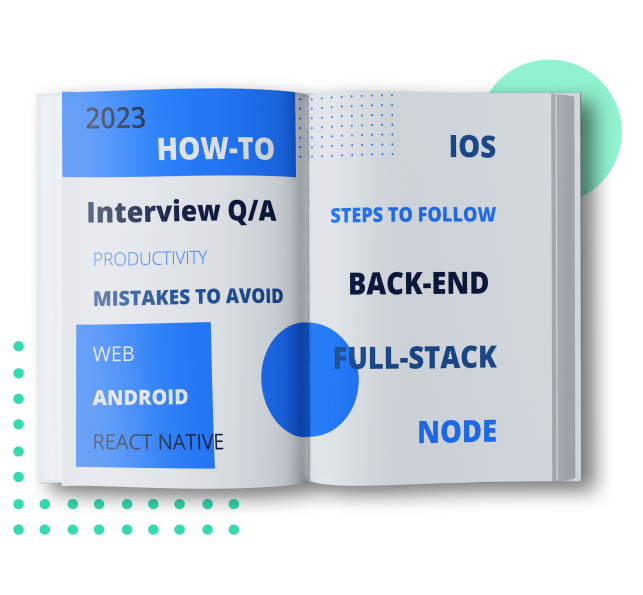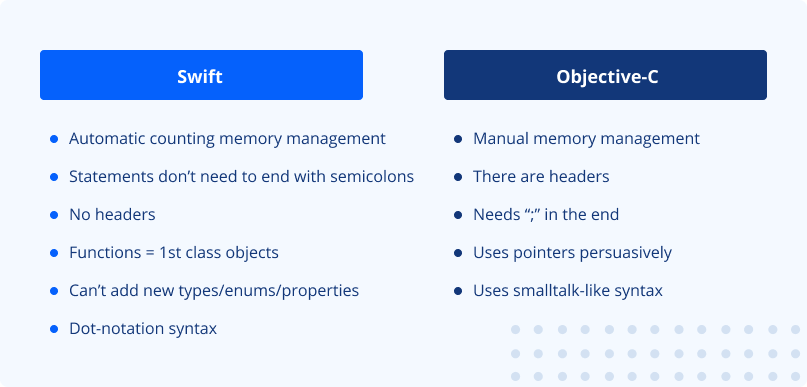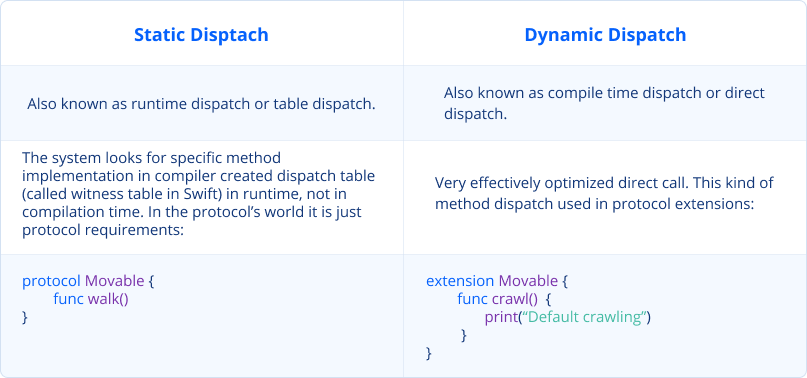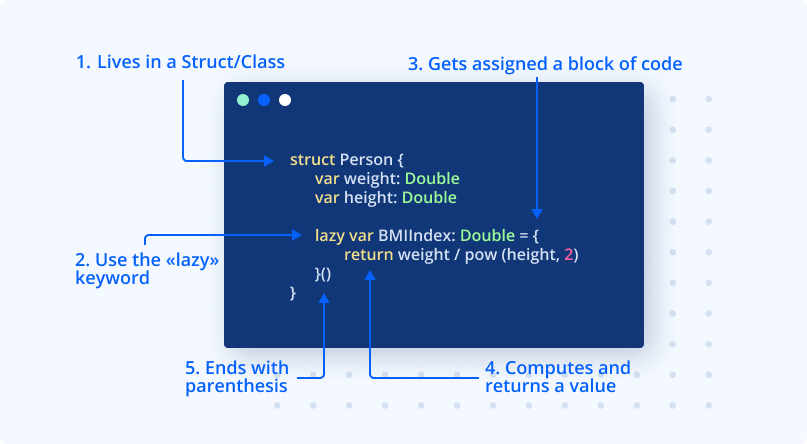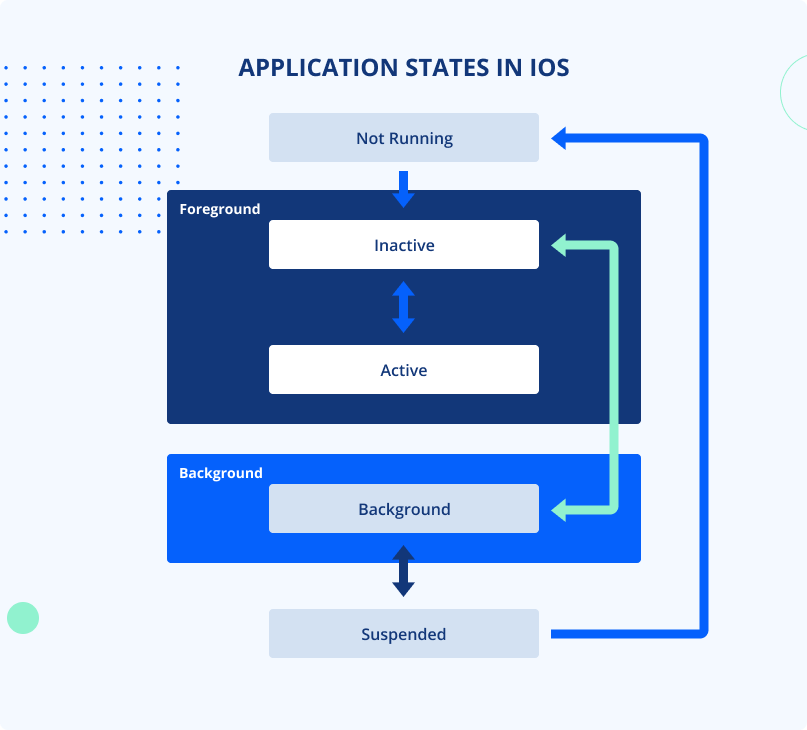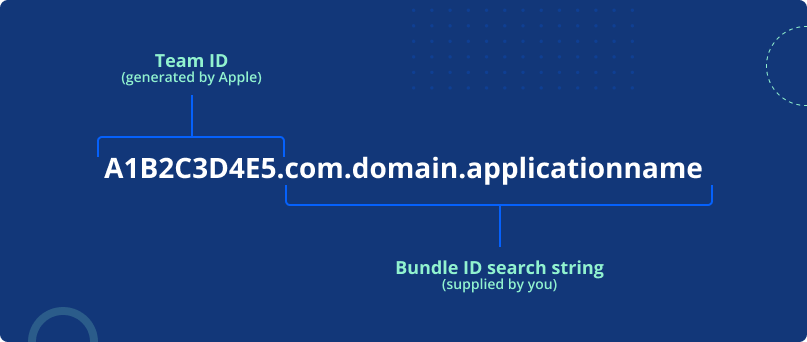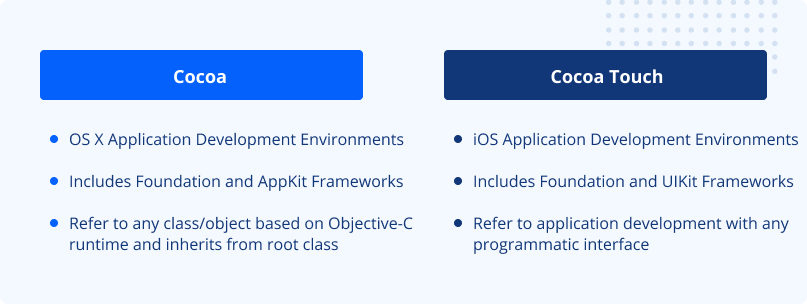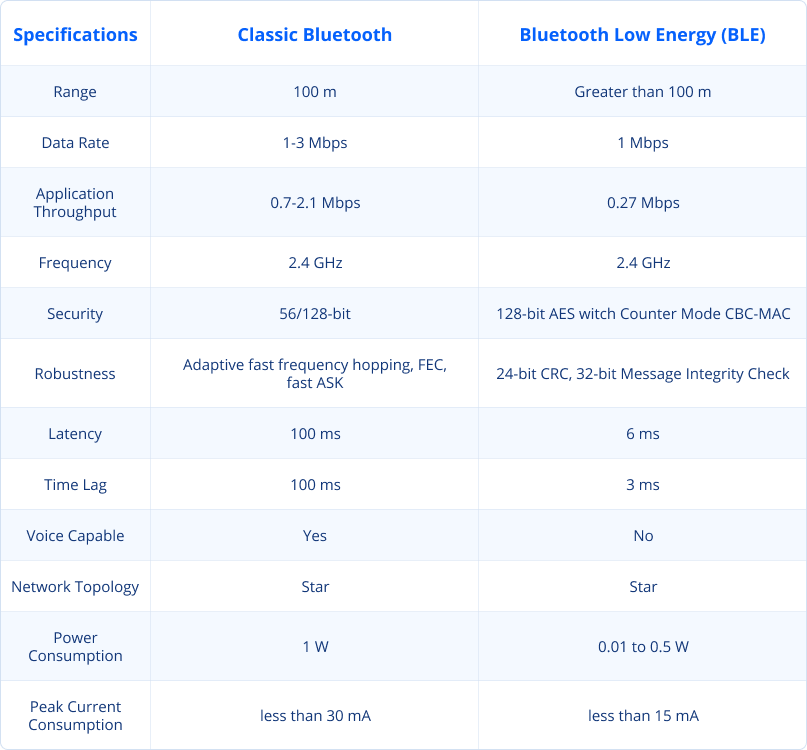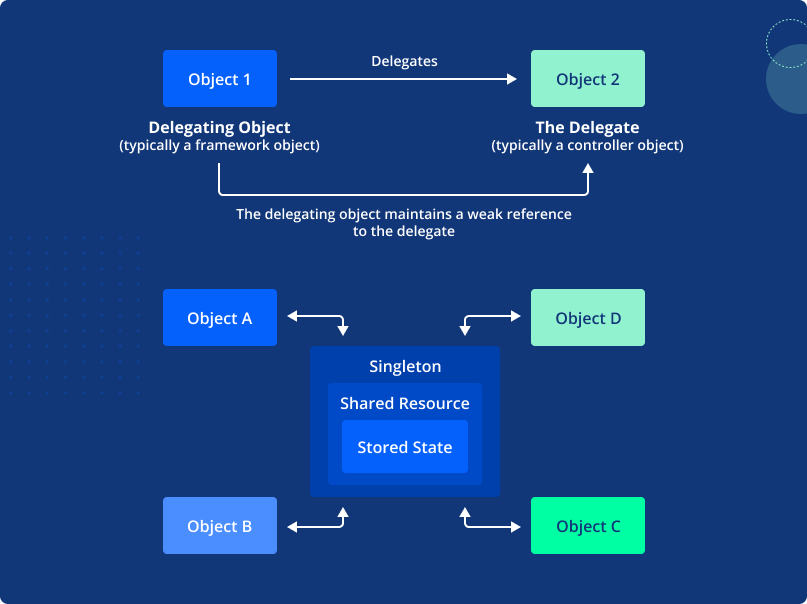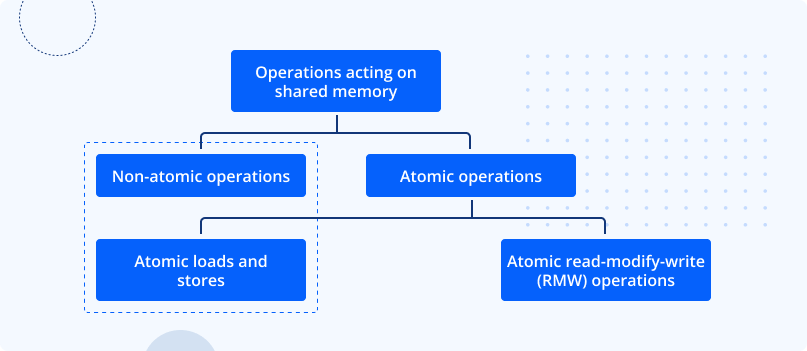These top iOS interview questions and answers for 2024 are designed to help you through the interview stages when looking to hire iOS developers. Here we will discuss iOS interview questions and answers for junior developers, mid-level developers, and senior developers.
Junior iOS Developer Interview Questions
Junior iOS developers have less than two years of experience in most cases. These are more common iOS interview questions and answers for junior developers (or freshers).
What are The Different Properties of Objective C?
The developer should have a keen understanding of the different components within objective C, regardless of their experience level. They may answer these types of iOS interview questions in a variety of ways. For instance, they may discuss synthesized properties and the use of blocks. You can also ask about the differences between Objective C and Swift.
What is Operator Overloading?
Operator overloading, also called polymorphism, allows the operator symbol or name to be bound to more than one implementation of the operator.
Explain the Process of Dynamic Dispatch
Dynamic dispatch is a mechanism in which a call to an overridden method is resolved at run time instead of compile time. In other words, iOS developers use it when they invoke methods such as object methods.
You can follow this iOS interview question and answer with one about the differences between static and dynamic dispatch as well. You can add and subtract numbers with a count of the source when you need to focus on a specific object.
What are the Advantages and Disadvantages of the JSON Framework?
It’s one of the most popularly asked iOS interview questions. JSON stands for JavaScript Object Notation. The JSON framework is used as a lightweight data-interchange format that is easy for developers to read and write. In other words, it uses programming languages that humans can easily read and write to more effortlessly transmit data objects.
Here are some of the key advantages and disadvantages of the JSON framework that the developer may discuss:
- Pro: Native to JavaScript
- Pro: It is lighter (requires fewer bytes)
- Pro: Network transmissions are fast
- Con: Not as widespread as XML
- Con: Does not allow for comments
- Con: Data has to be broken up into individual objects
Ultimately, the use of the JSON framework depends on your specific project needs. The developer should be able to provide a recommendation as to whether or not you should utilize JSON during the development process.
For instance, they may recommend the SBJson framework, which is a specific type of JSON.
How Do You Achieve Concurrency in iOS?
Developers should be able to describe the process they use to achieve concurrency in iOS devices. There are two primary ways to accomplish this. Firstly, they may use Operations and Operation Queues. Secondly, they may use the Grand Central Dispatch in Swift (or the GCD).
Ask the developer to go deeper into what each of these methods means and how they achieve concurrency in iOS with the methods.
What are the Assign and Retain Keywords in Swift?
Assign and retain keywords are types of memory qualifiers. An assigned keyword does not increase the retain count when the developer creates a reference from one object to another. A retain keyword, on the other hand, may increase the retain count.
Middle iOS Developer Interview Questions
These iOS engineer interview questions and answers are designed for mid-level iOS developers, such as those who have worked on iOS application development for 2 to 5 years.
What is a Lazy Property in iOS? How Do You Write One?
A lazy property is an iOS property that has an uncalculated initial value. It is automatically given a value the first time that it is used. The developer should discuss the use of a lazy modifier when describing how to write a lazy property.
How is Category Different Than Extension in Objective C?
A category and an extension have similar functions within objective C. However, there are differences that the developer should understand.
When answering this iOS interview question, they should be able to explain that an extension is used when the source code for the extended class is available at compile time. A category is used to add additional methods to the NSString class.
Explain the Relationship Between Dispatch Queues and FIFO
Dispatch queues are FIFO queues. FIFO stands for first-in, first-out. FIFO first out means that a request is processed in the order that it arrives. (Similar to lines at retail stores). Dispatch queues, in particular, allow iOS users to submit tasks in the form of block objects.
Please Describe the Similarities and Differences Between the Active State and the Inactive State
These are two of the different iOS application states. Both an active state and an inactive state occur when the app is running in the foreground. However, the difference is that an active state receives events while an inactive state does not. An active state is the normal mode, and an inactive state may require additional code.
What is the Role of Bundle ID in iOS Development?
A bundle ID is an app identifier for an iOS app. It is a unique identifier for one or more apps in Apple’s ecosystem. No two applications can have the same bundle identifier. Apple does encourage the use of a reverse domain notation when choosing an application’s bundle ID.
This should be a relatively technical iOS interview question and answer for mid and senior iOS developers. Similarly, the developer should be able to discuss Apple team ID.
What is the Difference Between Cocoa and Cocoa Touch?
According to Apple, Cocoa, and Cocoa Touch are the application development environments for OS X and iOS, respectively. Cocoa is primarily used for developing applications that run on OS X. Cocoa Touch, however, is used for developing various types of iOS applications.
The full answer is, of course, more complex. The iOS developers should further explain the differences and when each type is recommended.
Senior iOS Developer Interview Questions
Here are several senior iOS developer interview questions for experienced developers. These senior iOS developer interview questions are for highly experienced developers and/or those who are respected in the development community due to the high-quality work they complete.
How Does Bluetooth Low Energy Assist with iOS Development?
Bluetooth low energy, BLE, allows communication with reduced energy and without the need to pair in the system settings. This helps make the development process faster and more accurate through better overall communication.
Are APIs Flexible? What is the Purpose of Flexible APIs?
REST APIs are the most well-known type of flexible APIs. This means they are able to handle multiple data types and send multiple data requests. The developer should be able to discuss flexible APIs and additional controls when developing iOS applications. However, this top-asked iOS interview question and the answer is certainly geared more toward senior developers.
What are the Differences Between Singleton and Delegation Patterns?
The Singleton design pattern is a creational design pattern that ensures a class has only one instance. There is also a global access point that is added to the instance. This type of design pattern typically uses lazy loading. On the other hand, delegation patterns allow one object to act on another object’s behalf. The “delegation” object delegates a reference to another object and sends a message to the object when it is necessary to do so.
As a follow-up iOS coding interview question and answer, you can ask the iOS developer to explain when they would use each type and why.
What is the Difference Between a Reference Count and a Retain Count?
A retain count refers to a count conducted internally and is object-oriented. According to Apple, the retain count is of no value in debugging memory management issues. Swift uses Automatic Reference Counting (ARC) to track and manage your app’s memory usage. Ask the developer about when a retain count and a reference count are used.
KVC and KVO: What are the Differences and Which Do You Recommend?
KVC stands for Key value coding. This mechanism allows the iOS developer to access properties without invoking specific methods or instance variables. It uses a “key” to identify attributes or properties. KVO stands for key-value observing. The key value observed is a cocoa programming pattern. It allows the developer to better communicate the changes they make.
For instance, they may describe how they would use this when making changes to the application’s user interface, such as when adding animated 2D.
What is the Difference Between Atomic and Non-Atomic?
The developer should be able to clearly identify the differences between atomic and nonatomic in Object C. According to Apple, in Objective-C, the implementation of an atomic property allows properties to be safely read and written from different threads. This may include main threads. Non-atomic means that multiple threads are able to access the variable.
There are pros and cons to both atomic and non-atomic that the developer should be able to explain. For instance, non-atomic may be less safe but much faster in performance. Atomic is the default behavior and consequently safer.
Find Your Next iOS Developer with JayDevs
Hopefully, these iOS questions for an iOS developer help you prepare and find the right single development team. If you are searching for an iOS developer, then contact JayDevs today to hire qualified iOS developers who are skilled in mobile app development!
